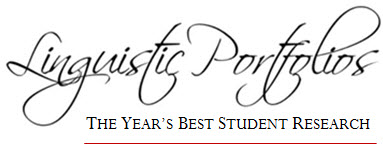
Abstract
This paper provides basic information on developing speech synthesis to help preserve and revitalize critically endangered languages. It uses Betine, (ISO 639-3:eot), as a model. The death of minority languages is escalating globally, and 90% are predicted to die by 2100, which results in the loss of cultural heritage and knowledge. Synthesizing speech in dying and near-extinct languages can preserve and even revitalize them. The paper includes spectrographs and waveforms of the given Beti name transcribed phonetically as [aːɟo]. It also contains voice component measurements and the synthesizing programs used for comparison. The measurements taken from the data include F0/pitch, formants (F1, F2, F3, F4, F5), amplitudes (A1, A2, A3, A4), and A5, intensity, duration, and bandwidths (B1, B2, B3, B4, and B5). The paper notes that chunking longer phonemes into multiple short samples can give better synthesized results. Klatt, KlattGrid, and WORLD synthesizers are used for synthesizing the Betine speech segment. The paper proposes that vocoder synthesizers such as WORLD may be worth greater research concerning their capabilities in artificial speech synthesis.
Recommended Citation
MILLER, CLARE and RANDOLPH, ISABELLA
(2024)
"SYNTHESIZERS DEMONSTRATED ON BETINE,"
Linguistic Portfolios: Vol. 13, Article 6.
Available at:
https://repository.stcloudstate.edu/stcloud_ling/vol13/iss1/6


